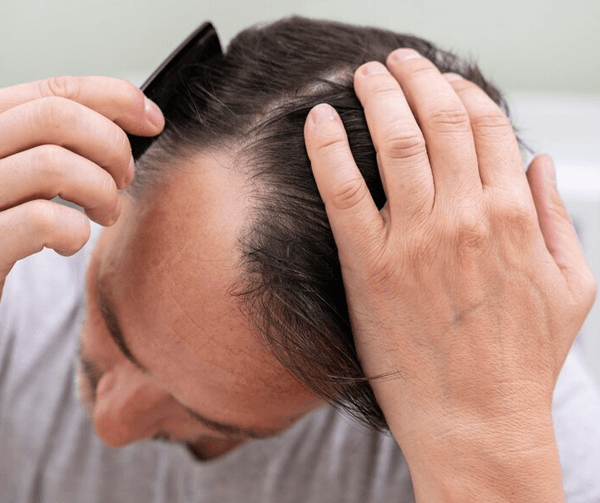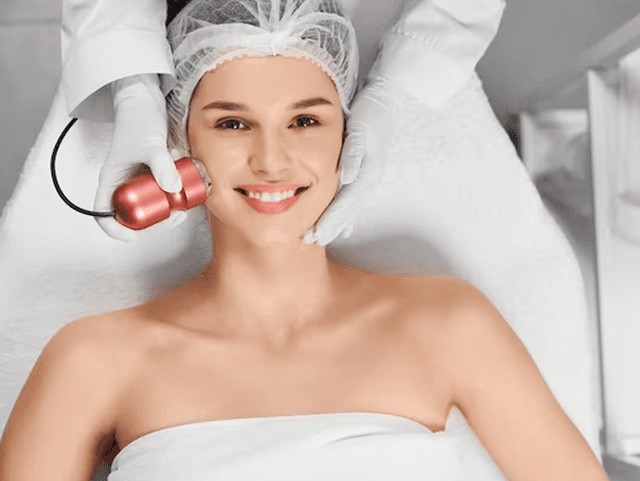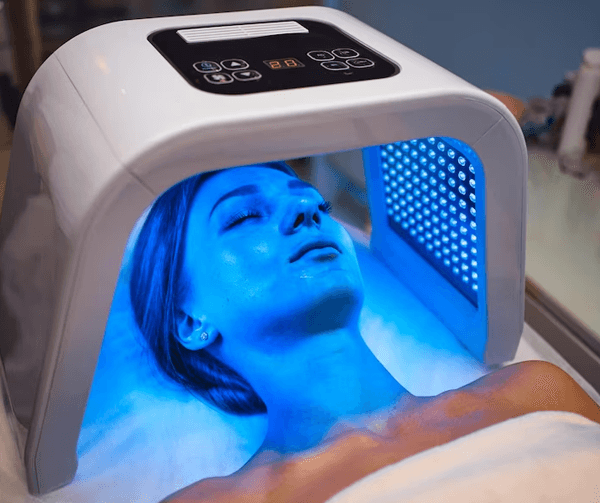In the previous article, we looked at what spider veins are, what causes the condition and how the initial consultations would be like. In this concluding part of the article, we will look at the actual procedure of sclerotherapy, the possible risks involved, the expected results and the recovery.
The actual procedure:
Most surgeons will follow the same steps, during a sclerotherapy procedure and these would include:
- Injection – This is one of the most common methods of doing sclerotherapy, especially when the spider veins are in the legs and ankles. The sclerosing solution, which is a specially formulated solution, is carefully injected into the veins, which are affected. The solution is formulated to irritate the veins from the inside, and within a short span of time, the vein will collapse and eventually fade away. When the spider veins are more widespread, multiple injections might be required, which will be administered over a period of time. Ideally, the surgeon should use really bright light and some sort of magnification, so the injections are extremely precise.
- Post injection – Once the injections have been administered, the injected site will be bandaged or dressed. Special stockings or an elastic wrap will be suggested, which you will have to wear for a certain period of time. For the first few days, the area which has been injected will look bruised, however, the discoloration will fade away in a few days. In certain cases, there is hyperpigmentation, but this too will disappear in some days.
There is also the option of laser treatment, in which the veins are treated using laser, wherein an intense beam of laser is directed onto the spider vein. The laser will penetrate the skin and thus destroys the vein. One session might not be enough for widespread spider veins, and many a times, laser therapy is used in conjunction with sclerotherapy.
The cost:
The cost of sclerotherapy would be dependent on several factors, such as:
- The number of sessions required
- The expertise of the surgeon
- The geographical location of the surgeon
- Garments that will be required post-surgery
- Medications that might be required post-surgery
Many insurance policies will not cover sclerotherapy or spider vein treatment, which is why it is important that you read your policy carefully, before finalising the procedure.
Possible risks and complications:
No surgery or medical procedure is without certain risks and sclerotherapy is no different. There is always the chance that something goes wrong during the procedure, although in the hands of an expert, there is little scope of that happening. However, the possible risks and complications include:
- Swelling and bruising – both of which should subside in a matter of days.
- Infection – It might occur due to the improper care of the site.
- Venous thromboembolism – a blood clot could be formed in the vein.
- Changes in skin sensation – if the injection has not been done properly, there is the chance that your skin might become over or under sensitive. Certain people have also spoken about how they have tingling feeling, post sclerotherapy.
- Hyperpigmentation – there can be brownish spots, and while these do fade away, it can take several months for the same to happen.
- Pain – while a little pain is normal and tends to fade away in a few days, at times, the pain can become persistent, requiring medical attention.
- Scarring – normally, there should be not be any scars, because there are no incisions. However, if the injection has not been made with care, there could scars.
- Allergy – there is always the chance that the body reacts to the medication that is being injected into the body, leading to an obvious reaction.
- Skin necrosis – if the sclerotherapy solution has not been injected properly into the vein, it could lead to scarring as well as necrosis of the tissue.
- Telangiectatic matting – This refers to the development of tiny vessels that are red in colour and it is not something that can be predicted.
Results:
The appearance of your skin will start to improve from the very first session and over time, it will keep improving. However, there is always the possibility that new spider veins start to appear over time. It is important that you monitor the condition constantly, because there is always the chance of its recurrence. In case the same happens, you will need to repeat your treatment.
Recovery:
In the days immediately after the surgery, you will be asked to wear supportive clothes, which will be essential for the proper healing. There is bound to be some bruising and swelling in the sites, where the sclerotherapy solution was injected. There might also be cramping, which is natural and in most cases, no medication is required for the same.
In most cases, people are able to return to their normal routines within a few days’ time, however, special care will be required, in order to ensure that there is no infection.
Week 1: Support stockings might have to be worn for three to six weeks, and you will be asked to avoid lifting heavy objects and running. The dressing that would have been applied post-surgery will be removed and you might notice some bruising. Your doctor will suggest that you walk short distances at regular intervals and not sit or stand for long durations.
Month 1: The bruising will start to fade away and you will be able to resume your normal routines, including exercise. This is when you will start to notice that your spider veins are also diminishing. You will still be asked to walk at regular intervals and not sit or stand for too long. After about two months, your further need or course of treatment will be determined.







